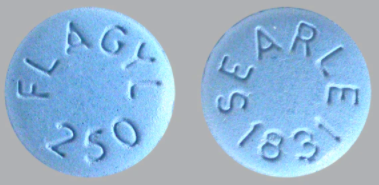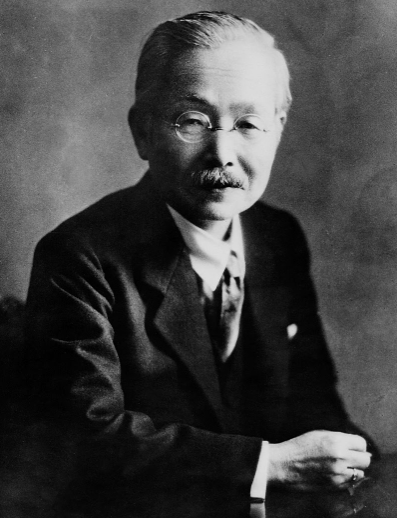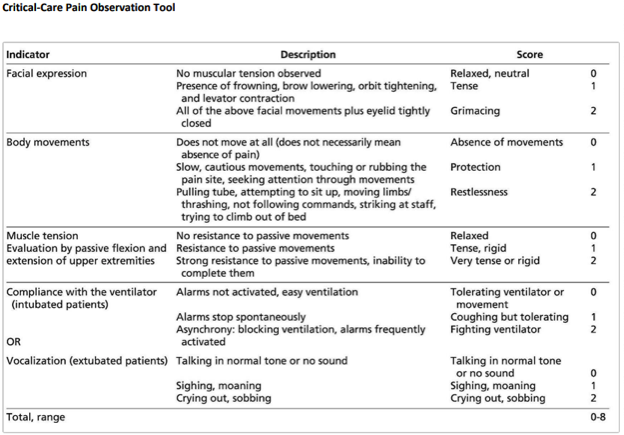Have you ever stopped to wonder why the right brain controls the left side of the body, and vice versa?
Why does the central nervous system cross the midline?
The great neuroanatomist Ramón y Cajal came up with an incredible theory.
#tweetorial #medtwitter
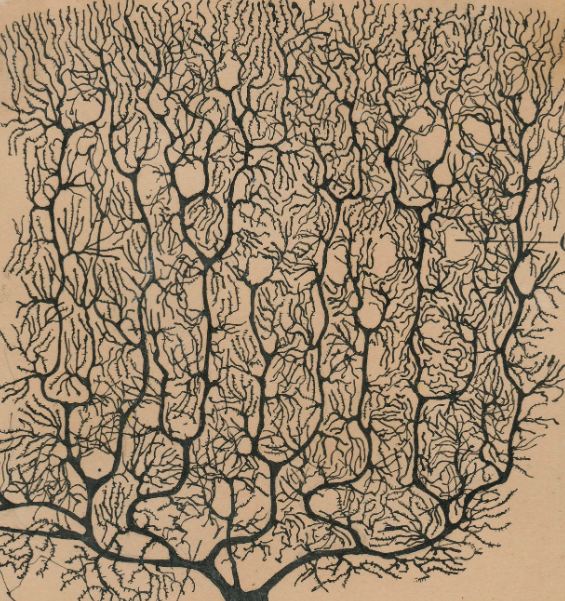
Before going on, let's (very) briefly summarize the main functions of the nervous system's components.
🔹 Sensory input (e.g. visual or tactile sensation)
🔹 Integration (in the brain and spinal cord)
🔹 Motor output (e.g. muscles of limbs)
open.oregonstate.education/aandp/chapter/…
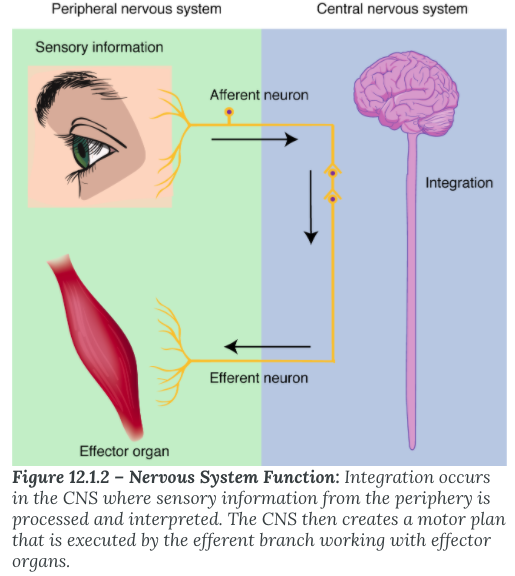
2,500 years ago, Hippocrates first described the cross-wiring of the nervous system.
Observing convulsions after head injuries, he noted that “if the wound be situated on the left side [of the head], the convulsion attacks the right side of the body”
ncbi.nlm.nih.gov/pubmed/15987554

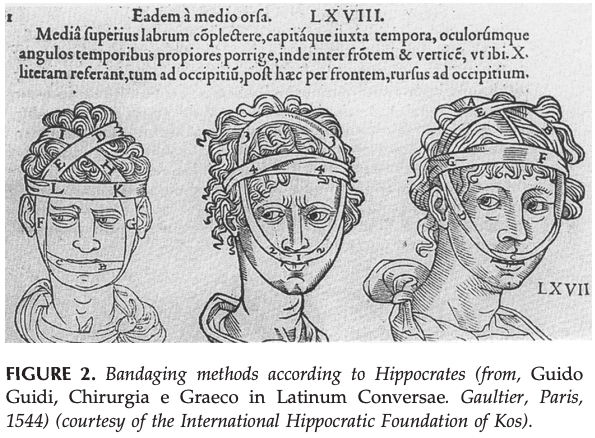
The visual, tactile sensory, and motor pathways cross the midline by way of decussations (the point when nerve fibers cross the midline).
Examples include the ascending tactile sensory tracts that cross in the spinal cord, as well as the optic chiasm.
link.springer.com/chapter/10.100…
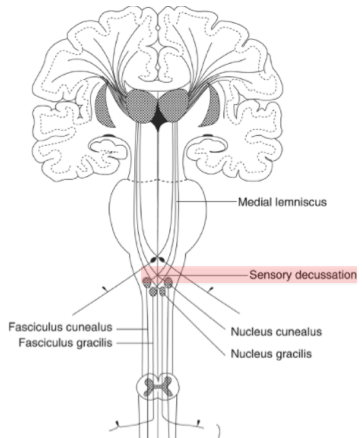
The question of why the CNS crosses the midline arose for Cajal after a specific observation when studying the optic chiasm:
💥 Why is visual input from the right half of the world sent to the left half of the brain for processing (and vice versa)?
ncbi.nlm.nih.gov/pmc/articles/P…
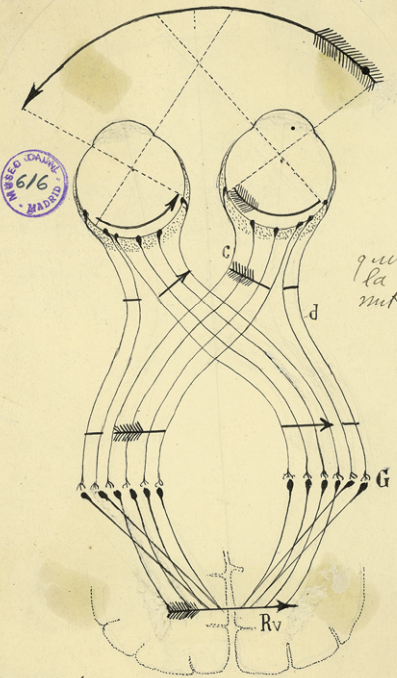
It would have been a simpler design if the visual signals for the right half of the world traveled to the right half of the brain.
Cajal reasoned that crossing must serve a purpose.
To understand that purpose, we need to review how the brain processes visual input...
Light passing through the lens of the eye is bent + inverted when projected on the retina (e.g. upside down and backward).
Crossing of optic tracts at the optic chiasm reverts the image to an accurate orientation when it arrives in the visual cortex.
ncbi.nlm.nih.gov/books/NBK10944/
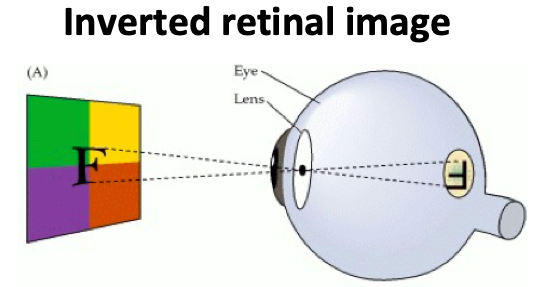
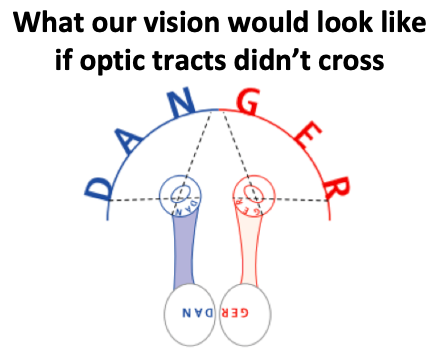
Detailed depth perception also depends on each eye sending visual input to both sides of the visual cortex.
Such depth perception is called stereoscopic vision, allowing for visuospatial fine motor skills like playing piano or doing microsurgery.
ncbi.nlm.nih.gov/pubmed/15664541
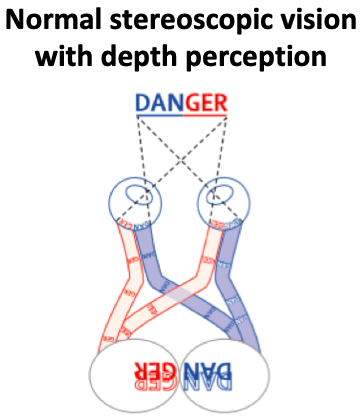
Interim summary
Visual input crosses at the optic chiasm for two reasons:
🔹 Revert upside down, backward retinal images to accurate orientations in the brain
🔹Allow visual input from each eye to go to both sides of the brain, which is needed for stereoscopic vision
Going back to our original question...
💥 If we now understand why the optic tracts cross, how does this explain the crossing of tactile sensory and motor tracts in the spinal cord?
Cajal reasoned that if optic tracts cross then tactile tracts (like touch) must also.
This ensures that visual/tactile input integrate, in the same side of the brain.
ncbi.nlm.nih.gov/pubmed/27040777
And, if tactile tracts cross the midline, motor outputs must do the same.
⚡️Crossing the midline ensures that the right half of the brain (and vice versa) responds to the left side of the world in every way (visual, tactile, motor).
ncbi.nlm.nih.gov/pubmed/15664541
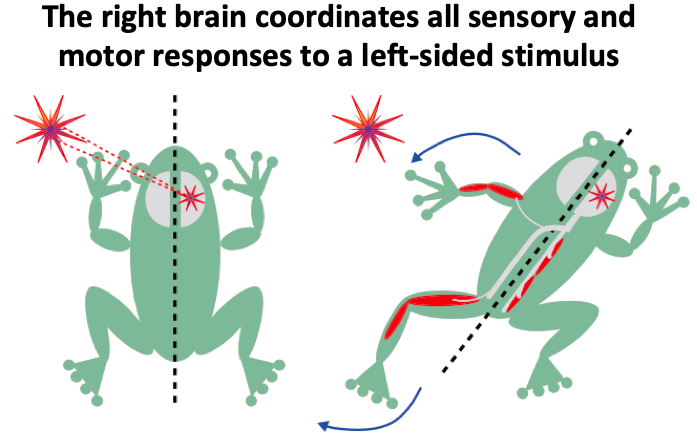
It turns out that melanin is needed during embryogenesis for correct routing of the optic tracts.
The optic tracts of those with albinism, who can't make melanin, only send input to one side of the the brain per eye (e.g. left eye to right brain).
ncbi.nlm.nih.gov/pubmed/15664541
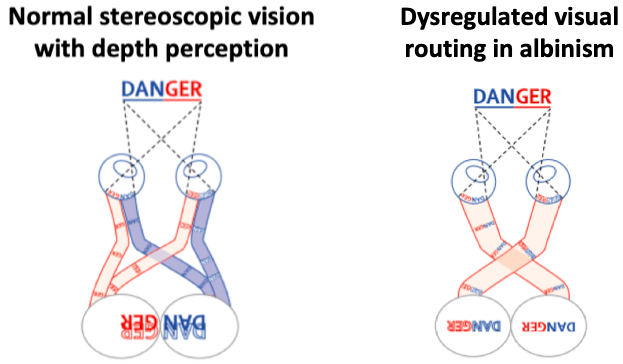
As a result, patients with albinism often lack stereoscopic vision.
This explains both the chronic nystagmus and difficulties with depth perception that are the hallmark ocular manifestations of this group of genetic disorders.
ncbi.nlm.nih.gov/pmc/articles/P…
- Cajal developed a theory for why the CNS crosses the midline
- Optic tracts cross to revert inverted retinal images and allow for depth perception
- Tactile sensory & motor tracts must also therefore cross
- Dysregulated visual crossing ➡️ albinism's ocular manifestations
Join @HannahRAbrams and @tony_breu and I on @CuriousClinPod
Curiousclinicians.com





